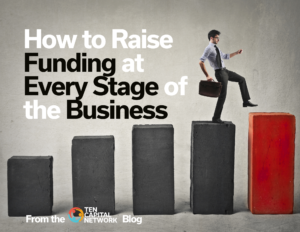
Two Key Elements of a Crowdlending Campaign
2min read Two Key Elements of a Crowdlending Campaign The key to success is compelling presentations and getting the word out to as many people

2min read Two Key Elements of a Crowdlending Campaign The key to success is compelling presentations and getting the word out to as many people

2min read Two Key Elements of a Crowdlending Campaign The key to success is compelling presentations and getting the word out to as many people

2min read You have to look beyond your backyard Recently there has been a lively debate about the lack of funding in Texas. It’s not

1 min read Crowdfunding can be used to raise funding throughout the life of a business. When the idea of a new business strikes you,